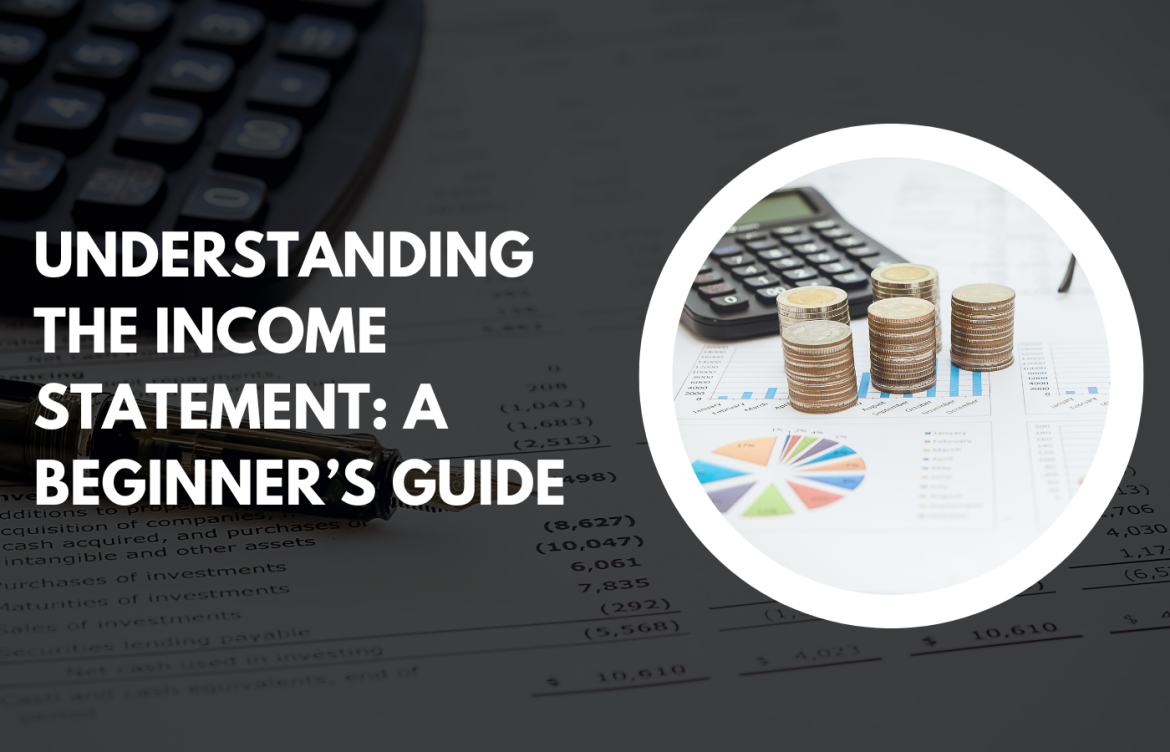
Understanding the Income Statement: A Beginner’s Guide
Understanding the Income Statement: A Beginner’s Guide
When evaluating a company for investment, one of the most important documents you’ll come across is its income statement. Often referred to as the Profit & Loss (P&L) statement, it provides a snapshot of how much money a company makes, spends, and ultimately earns (or loses) during a specific period.
Thank you for reading this post, don't forget to subscribe!For beginner investors, learning to read and interpret an income statement is the first step toward making informed investment decisions.
What Is an Income Statement?
An income statement summarizes a company’s revenues, expenses, and profits over a quarter or a year. It answers key questions like:
-
How much revenue did the company generate?
-
What were its costs and expenses?
-
Did it make a profit or incur a loss?
The basic structure of an income statement is:
Revenue – Expenses = Net Profit (or Loss)
This statement is usually presented along with the balance sheet and cash flow statement, forming the foundation of a company’s financial reporting.
Key Components of an Income Statement
Let’s break down the main sections you’ll typically see:
1. Revenue (Sales)
This represents the total income earned from selling goods or services. It’s often called the top line because it appears at the top of the income statement.
-
Example: If Tata Motors sells 1,000 cars at ₹10 lakh each, total revenue = ₹100 crore.
2. Cost of Goods Sold (COGS)
COGS includes the direct costs involved in producing goods or services — like raw materials, labor, and manufacturing expenses.
Revenue – COGS = Gross Profit
A higher gross profit margin indicates efficient production and strong pricing power.
3. Operating Expenses
These are costs related to running the business — such as marketing, salaries, rent, and R&D.
When subtracted from Gross Profit, they give the Operating Profit or EBIT (Earnings Before Interest & Taxes).
4. Interest & Taxes
After accounting for finance costs (interest paid on loans) and taxes, we reach the company’s Net Profit — the actual amount available to shareholders.
EBIT – Interest – Taxes = Net Profit
5. Net Profit (Bottom Line)
This is the company’s total earnings after all expenses. It’s often referred to as the bottom line because it sits at the bottom of the statement.
Key Metrics to Watch
1. Gross Profit Margin
Gross Profit ÷ Revenue × 100
Shows how efficiently a company produces goods.
Higher margins = better control over production costs.
2. Operating Margin
Operating Profit ÷ Revenue × 100
Reflects how much profit a company makes after covering operating costs but before interest and taxes.
3. Net Profit Margin
Net Profit ÷ Revenue × 100
Indicates how much of every rupee earned translates into profit.
4. Earnings Per Share (EPS)
Net Profit ÷ Number of Outstanding Shares
Used to measure profitability on a per-share basis — crucial for stock investors.
Example: Simplified Income Statement
| Particulars (₹ Crore) | Amount |
|---|---|
| Revenue | 10,000 |
| Cost of Goods Sold (COGS) | 6,000 |
| Gross Profit | 4,000 |
| Operating Expenses | 2,000 |
| Operating Profit (EBIT) | 2,000 |
| Interest Expense | 200 |
| Taxes | 400 |
| Net Profit | 1,400 |
This means the company retains ₹1,400 crore as profit after paying all expenses.
Why the Income Statement Matters to Investors
-
Reveals Profitability Trends:
Comparing income statements over multiple years helps track revenue growth, margin improvement, and cost control. -
Assesses Business Efficiency:
Investors can identify whether profits are rising due to operational strength or one-time gains. -
Supports Valuation:
Metrics like EPS and Net Profit form the basis of valuation ratios such as P/E (Price-to-Earnings). -
Identifies Red Flags:
A growing revenue but shrinking profit margin might signal rising costs or declining efficiency.
Tips for Beginners
-
Look beyond the numbers: Check management commentary in the annual report for context.
-
Compare peers: A company’s performance is meaningful only when compared with competitors in the same industry.
-
Watch for one-time items: Exceptional gains or losses (like asset sales) can distort actual profitability.
-
Use ratios: Margins, EPS, and growth rates help simplify analysis.
Conclusion
Understanding the income statement is like reading a company’s financial diary — it tells the story of how money flows through its business. For beginner investors, mastering this document is the foundation of fundamental analysis and smarter decision-making.
The more you practice reading income statements across companies, the better you’ll become at identifying quality businesses with sustainable profitability and long-term potential.
Related Blogs:
How to Use Fundamental Analysis for Indian Stocks
What Is Fundamental Analysis? A Beginner’s Guide
Technical Indicators Every Beginner Investor Should Know
Long-Term vs Short-Term Investing: Which is Better for You?
How to Read a Company’s Balance Sheet Before Investing
Disclaimer: This blog post is intended for informational purposes only and should not be considered financial advice. The financial data presented is subject to change over time, and the securities mentioned are examples only and do not constitute investment recommendations. Always conduct thorough research and consult with a qualified financial advisor before making any investment decisions.

